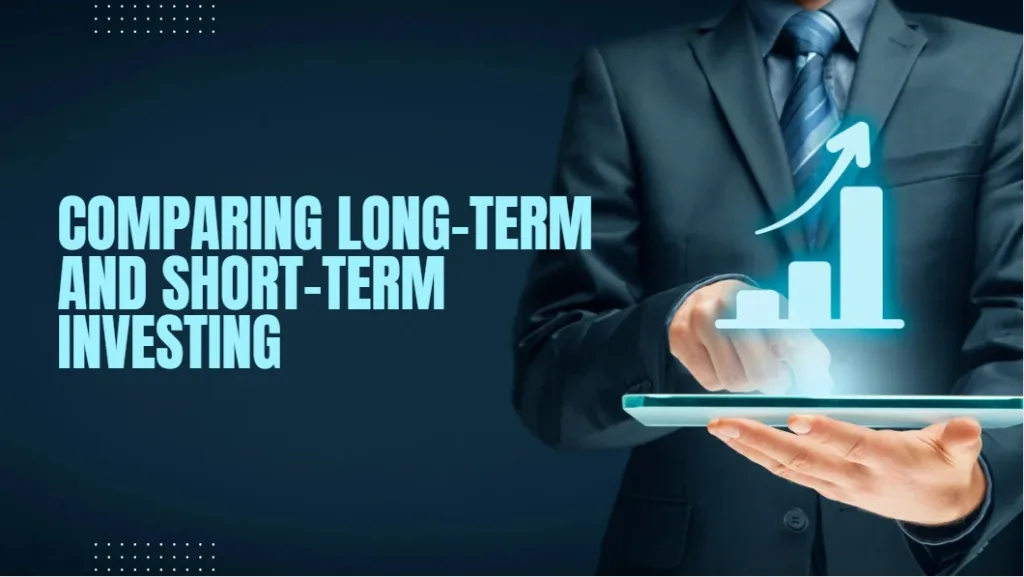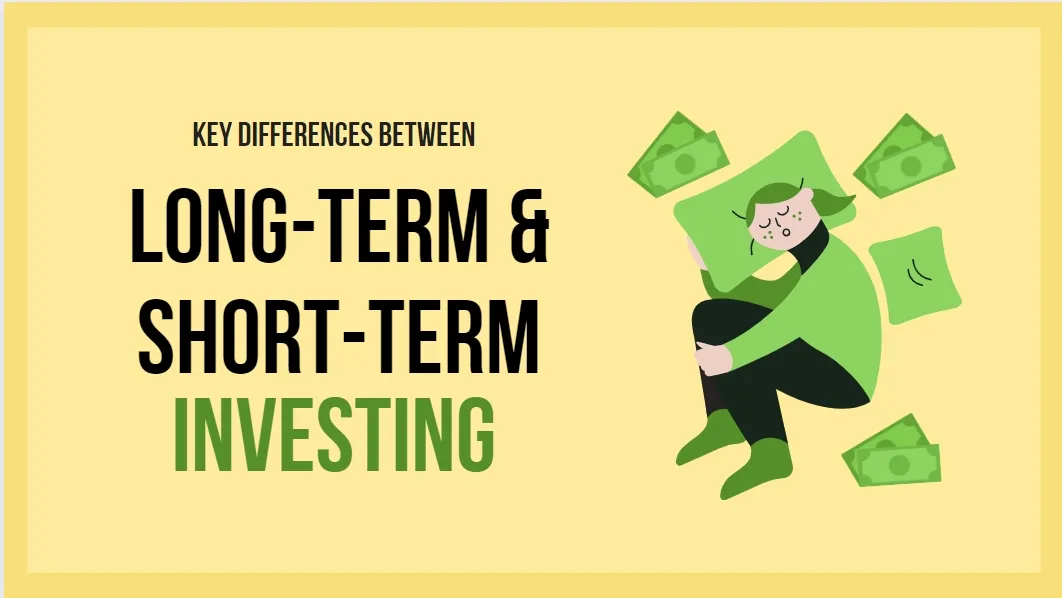When it comes to investing, there are many strategies to consider. Two of the most popular are long-term investing and short-term investing. Each approach has its own set of advantages and disadvantages, and the right choice depends on your financial goals, risk tolerance, and investment horizon. Long-term investing involves holding onto investments for several years or even decades. This strategy allows investors to take advantage of the power of compounding and long-term price appreciation. It is often recommended for those who are saving for retirement or other long-term financial goals. On the other hand, short-term investing involves holding onto investments for a year or less. This strategy is often used by traders who aim to profit from market fluctuations or by those who need to access their money quickly.
In this article, we will explore the differences between long-term and short-term investing, the best investments for each strategy, and the pros and cons of each approach. We will also provide tips for choosing the right investment strategy based on your financial goals and risk tolerance. By understanding the benefits and drawbacks of long-term and short-term investing, you can make informed decisions about how to allocate your investment dollars in 2024 and beyond.
Long-Term And Short-Term Investing In 2024 Perspective
Investing is an essential part of financial planning, but the decision between long-term and short-term investing can be challenging. Understanding the differences between the two can help you make informed investment decisions and achieve your financial goals.
Long-Term Investing
Long-term investing refers to an investment strategy that involves holding onto investments for several years or even decades. This strategy allows investors to take advantage of the power of compounding and long-term price appreciation. Some of the best long-term investments include stocks, stock funds, real estate, and commodities. These investments offer the potential for high returns over the long term but come with a higher level of risk.
Investments For Long-Term Investing
Stocks are one of the best long-term investments due to their strong historical performance. A share of stock represents a small ownership stake in a company. If a company grows its revenue and earnings over the long term, the company’s stock price rises. According to Robert Johnson, a professor of finance at Creighton University, the average annual return on large capitalization stocks since 1926 is approximately 10%. This means that an investor in large cap stocks would double their money in slightly over seven years and have 10 times their original investment in approximately 23 years.
Stock funds are another great option for long-term investing. A stock fund contains a collection of stocks, which allows investors to diversify their portfolio and reduce risk. Real estate, particularly in the form of real estate investment trusts (REITs), can also be a solid long-term investment. REITs hold diverse real estate asset categories, such as commercial, residential, industrial, and more. Commodities, such as gold, oil, and agricultural products, can provide portfolio diversification and a hedge against inflation.
Pros & Cons Of Long-Term Investing
Long-term investing offers several advantages, including the potential for high returns, the power of compounding, and the ability to ride out short-term market volatility. However, long-term investing also comes with disadvantages, such as the risk of losing money and the need to tie up funds for an extended period.
Short-term investing, on the other hand, refers to an investment strategy that involves holding onto investments for a short period, typically less than a year. This strategy is often used to take advantage of market fluctuations or to generate income from interest or dividends.

Investments For Short-Term Investing
Some of the best investments for short-term investing include high-yield savings accounts, money market accounts, and short-term bonds. These investments offer lower returns than long-term investments but come with a lower level of risk.
Pros & Cons Of Short-Term Investing
Short-term investing offers several advantages, including the ability to generate income from interest or dividends, the potential for quick profits, and the ability to take advantage of market fluctuations. However, short-term investing also comes with disadvantages, such as the risk of losing money, the need to constantly monitor the market, and the potential for missed opportunities in the long term.
Choosing The Right Investment Strategy
Choosing the right investment strategy depends on several factors, including your financial goals, risk tolerance, and time horizon. If you have a long-term investment goal, such as retirement, a long-term investment strategy may be more appropriate. On the other hand, if you have a short-term investment goal, such as purchasing a car or going on a vacation, a short-term investment strategy may be more appropriate.
Pros & Cons Of Long-Term vs. Short-Term Investing
Here is a table summarizing the pros and cons of long-term vs. short-term investing:
| Pros | Cons |
|---|---|
| Potential for high returns | Risk of losing money |
| Power of compounding | Need to tie up funds for an extended period |
| Ability to ride out short-term market volatility | Lack of liquidity |
| Diversification | Limited investment options |
| Long-term financial security | Lack of flexibility |
| Pros | Cons |
|---|---|
| Ability to generate income from interest or dividends | Risk of losing money |
| Potential for quick profits | Need to constantly monitor the market |
| Ability to take advantage of market fluctuations | Limited potential for long-term growth |
| Liquidity | Missed opportunities in the long term |
| Flexibility | Lack of diversification |
Conclusion
In conclusion, understanding the differences between long-term and short-term investing is crucial in making informed investment decisions. By considering your financial goals, risk tolerance, and time horizon, you can choose the right investment strategy and achieve your financial dreams.
Disclaimer: This article provides general information and should not be considered professional advice. Always consult a financial advisor for personalized guidance.
You can also read our recent blog about: Investment Strategies For 2024 – Unlocking Financial Growth And Security

